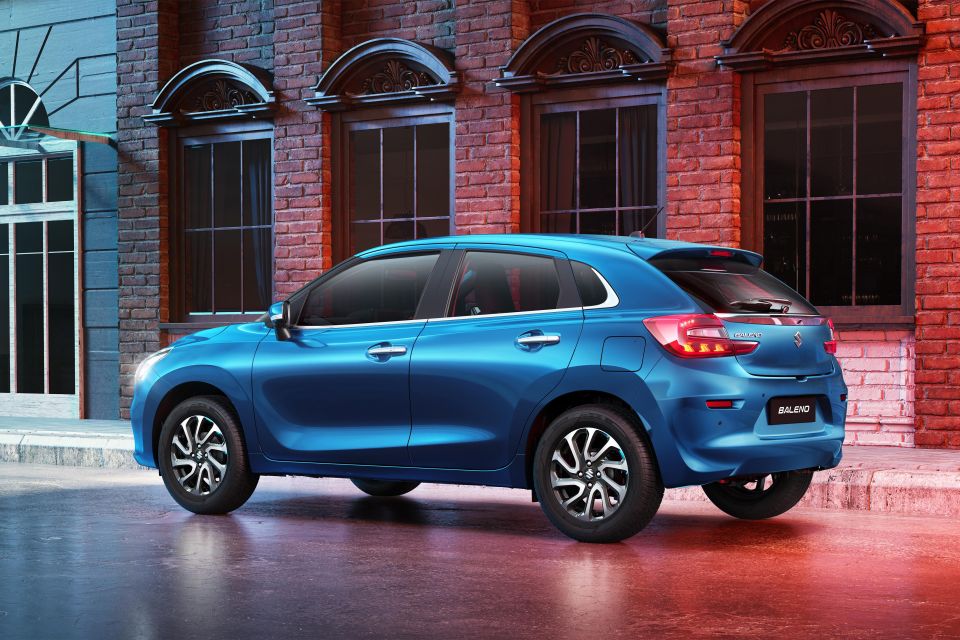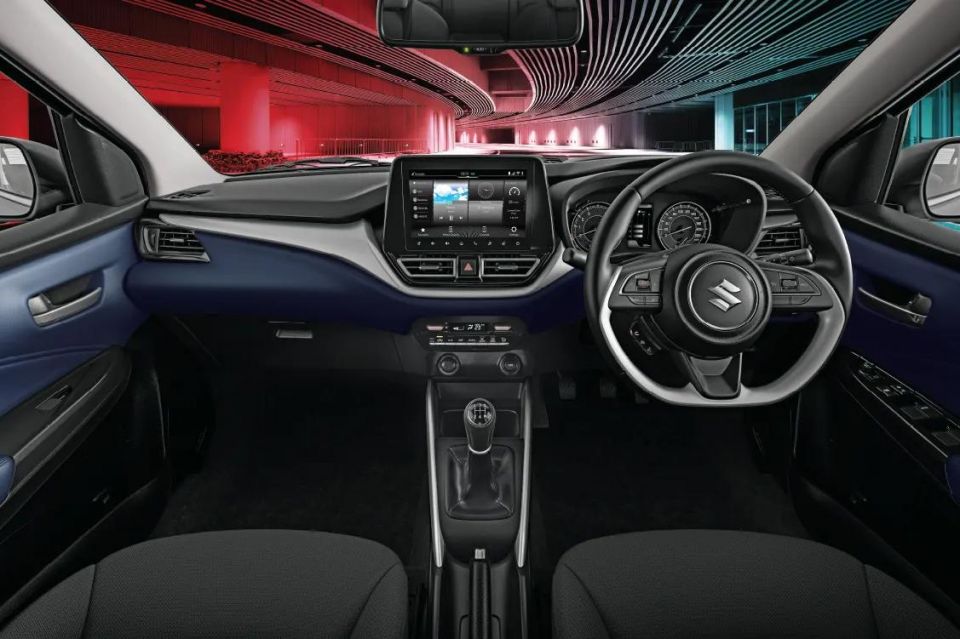

Anthony Crawford
1990 Lamborghini Countach review
6 Days Ago

News Editor
Maruti Suzuki has revealed its updated Baleno, with more technology and fresher styling inside and out.
Suzuki’s Indian division, which manufactures the Baleno and exports it to markets like Australia, has given the seven year-old light hatch its substantial update since launch.
Its Australian operations, however, have yet to confirm the updated model for Australia.
Exterior changes include a restyled front end with LED projector headlights and fog lights, while down back the tail lights are now stretched onto the tailgate.

Inside the cabin, there’s a new dashboard with a tablet-style 9.0-inch ‘SmartPlay Pro+’ touchscreen infotainment system.
Suzuki says owners can personalise the look and feel of the infotainment system, while there’s smart watch and voice connectivity with Alexa Skill. Owners can remotely lock and unlock their vehicle and activate features like the lights.
The Baleno also gains a colour head-up display and a surround-view camera.



The dashboard features a full-width strip of metal-look trim, as well as piano black accents and redesigned switchgear. Suzuki has also previewed a two-tone black-and-blue treatment for the dash and seats.
Stepping into the back seat, there are rear air-conditioning vents plus two USB outlets: one USB-A and one USB-C.
There’s no mention of any additional safety equipment. The Baleno lacks the active safety and driver assist technology found on most Swift models sold in Australia, including autonomous emergency braking, blind-spot monitoring, rear cross-traffic alert and adaptive cruise control.

In the Indian market, the Baleno will continue to be offered exclusively with a naturally-aspirated 1.2-litre four-cylinder engine producing 66kW of power at 6000rpm and 113Nm of torque at 4400rpm.
It’s mated with either a five-speed manual or a five-speed automated manual transmission, and includes automatic stop/start.
It’s unclear whether export versions will come with different drivetrain options. Currently the Baleno is sold in Australia with a 68kW/130Nm 1.4-litre engine fitted with either a five-speed manual or four-speed automatic.

While the Baleno was previously sold in Europe and Japan, those markets now exclusively offer the Swift in this segment following the Baleno’s last facelift in 2020.
In Australia, both light hatches are offered and they sell in similar numbers.
The Swift had the edge in 2021, with 4131 sales and 9.6 per cent share of the segment. The Baleno was slightly behind at 3896 sales and 9.0 per cent share, though its sales were up 17.1 per cent on the year before while the Swift was down 4.6 per cent.
The Baleno’s lack of active safety technology is becoming increasingly uncommon in the light car segment. Every other rival bar the MG 3 and the Kia Rio S and SX offers at least autonomous emergency braking.
MORE: Everything Suzuki Baleno
Where expert car reviews meet expert car buying – CarExpert gives you trusted advice, personalised service and real savings on your next new car.
William Stopford is an automotive journalist based in Brisbane, Australia. William is a Business/Journalism graduate from the Queensland University of Technology who loves to travel, briefly lived in the US, and has a particular interest in the American car industry.


Anthony Crawford
6 Days Ago


Matt Campbell
5 Days Ago


James Wong
4 Days Ago


Max Davies
2 Days Ago


Josh Nevett
1 Day Ago


Josh Nevett
21 Hours Ago